Contact us
Contact us

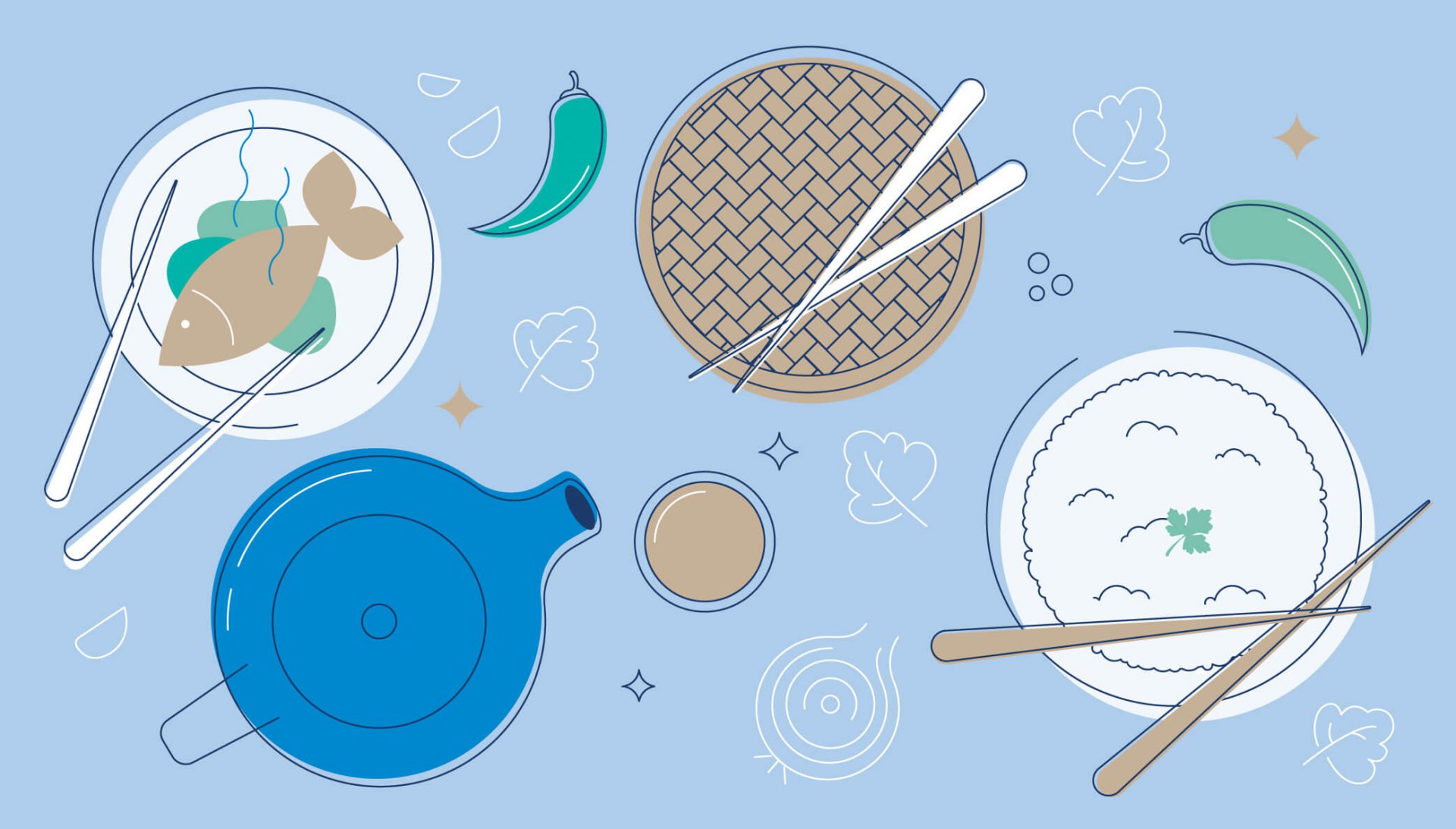
The art of
Chinese cuisine
Scroll down
Culinary
The art of Chinese cuisine
Perfecting the nuances of a diverse culture through cuisine
China is the world’s fastest-growing aviation market, set to overtake the U.S. as the world’s largest by 2022. Of course, every player in the air travel industry wants a piece of this growing pie. To be successful, we must show cultural understanding and respect – especially when it comes to cuisine.
Until recently, Westerners have clung to a fairly one-dimensional view of Asian culture and cookery. To many, ‘Chinese food’ was just that – a single, monolithic cuisine characterised by sweet-and-sour chicken, fried rice and fortune cookies.
In reality, China has an incredibly complex food culture: one that would take a lifetime to fully grasp. The country’s climate varies from tropical in the south to subarctic in the northeast, which has a major influence on ingredients and flavour profiles from region to region.
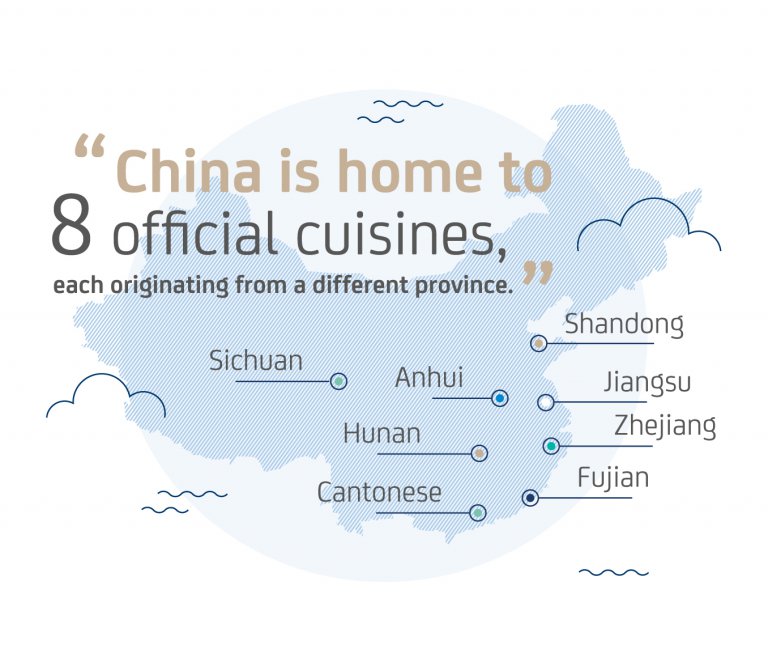
China is actually home to eight official cuisines (Shandong, Jiangsu, Cantonese, Sichuan, Anhui, Zhejiang, Fujian and Hunan), each originating from a different province. Rich, spicy, colourful Sichuan cuisine bears little resemblance to light, fragrant Cantonese fare. Even the grains of rice used differ between regions.
The pressure on airlines to recognise this diversity and deliver authentic Chinese meals has never been greater. It comes not only from Chinese travellers expecting home-town authenticity, but from increasingly culture-savvy Westerners seeking a genuine foodie experience.
This presents an exciting opportunity for our industry to lift its game and deliver faithful, flavoursome Chinese dining.
So how do we raise the bar?
1. Investment in talent, research and development
Authentic Chinese cuisine calls for the very best culinary talent: chefs with the experience and courage to tackle dishes that may not make sense in an aircraft setting. The steamed bao (bun), for example, is a staple of the Chinese diet, but its delicate pastry doesn’t cope well with being cooked, chilled and then re-heated 30,000 feet in the air. dnata’s development team in Australia spent months developing a cooking technique which allows us to maintain the integrity of the bao’s pastry and prevent it ending up a stodgy, glutinous mess. The same goes for the savoury rice porridge known as congee. These classic dishes are clear winners with Chinese passengers if they’re done well. With a little innovation, they can be.
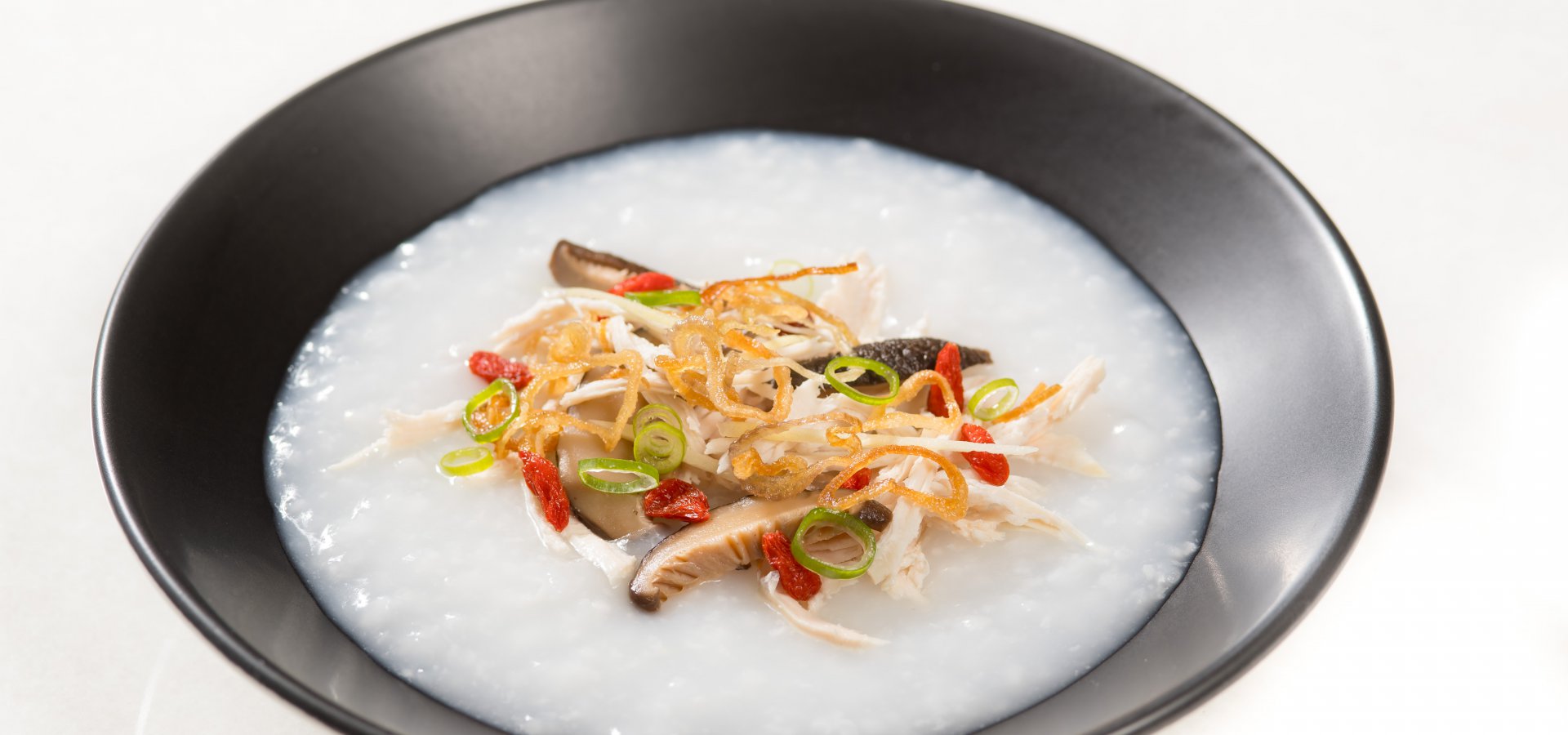



dnata’s congee with shredded chicken and black mushroom
2. Investment in equipment
Cooking stir-fries in a Western-style frypan will never achieve the same heat and flavour as an Asian wok. Culturally authentic food calls for traditional culinary tools. dnata’s newest catering facilities feature not one, but three, kitchens – Western, Halal and Asian – each of which is designed to create a specific style of food. Even choosing Chinese cleavers over Western-style knives can make a difference. Paying attention to all these tiny details amounts to culturally authentic food. Unfortunately, this isn’t always taken into consideration.
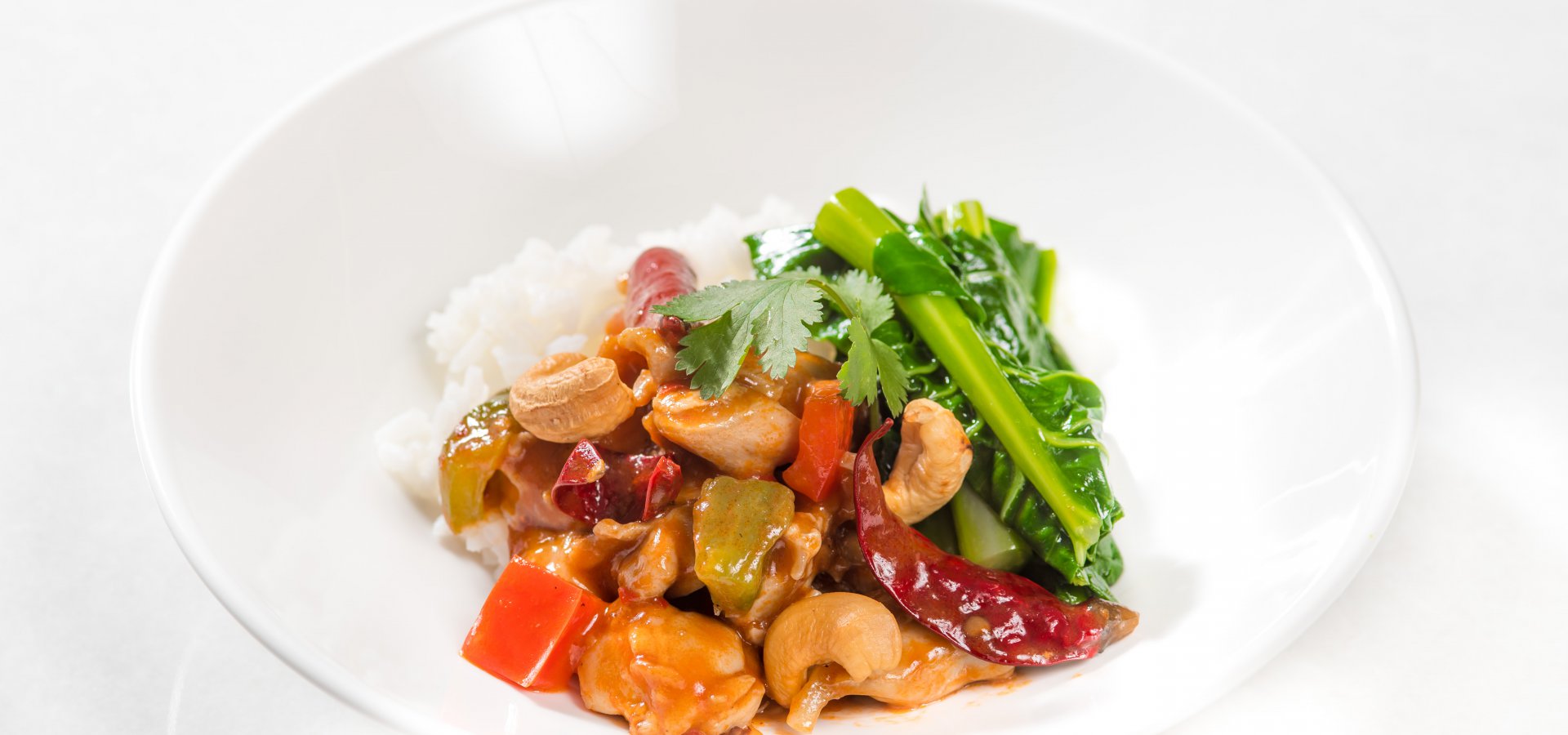
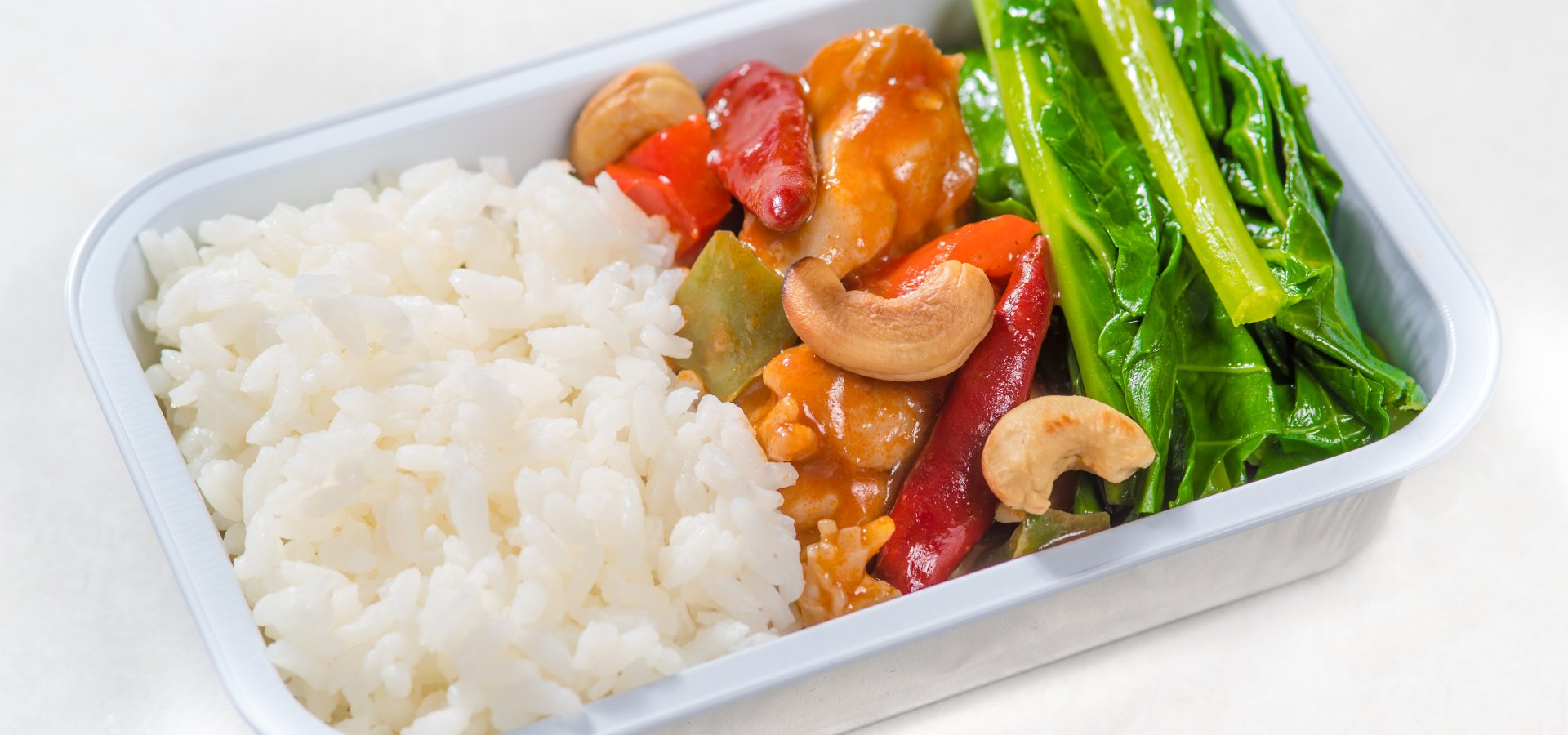


dnata’s wok-fried Kung pao Chicken with Asian greens
3. Working in partnership
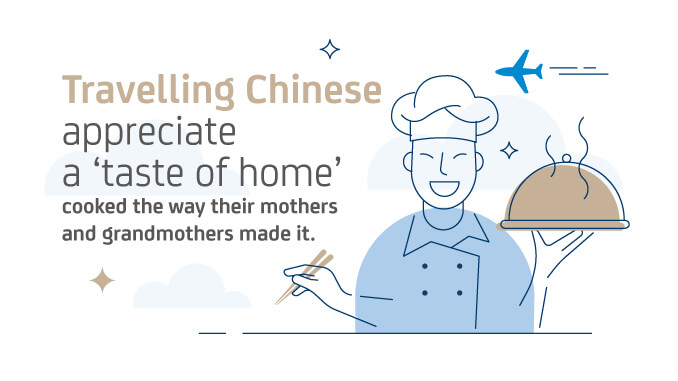
Airlines know their local cuisine. They know their customers’ preferences. In short, they are a caterer’s best ally. We never work off tender documents alone because a piece of paper simply can’t capture the nuances of a specific style of cuisine. Instead, we work alongside a carrier’s internal culinary team to make sure we nail the finer details. This requires going beyond the traditional ‘supplier relationship’ and forming a true partnership; one in which we also educate an airline about Western cuisine and the best way to serve our own dishes.
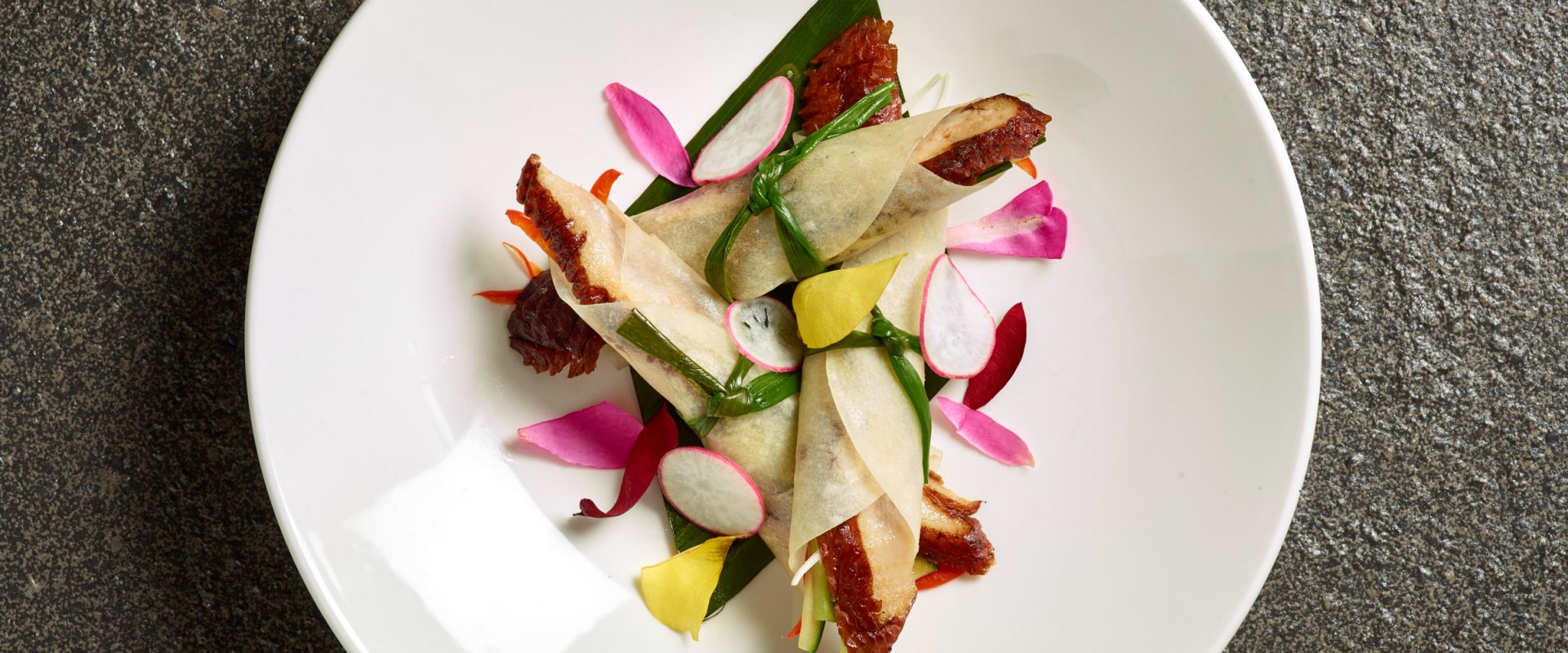
dnata’s modern twist on Peking Duck pancakes
Creating authentic Chinese meals calls for creativity, innovation and investment, but going the extra mile for this growing market is worth the effort. Travelling Chinese appreciate a ‘taste of home’ cooked the way their mothers and grandmothers made it, rather than dulled down to suit Western tastes. China’s culture is all about respect, and showing respect for the country’s cuisine will go a long way towards winning the trust and favour of this lucrative new wave of travellers.
Rob Smithson, General Manager Culinary | dnata catering Australia March 13, 2019
Did we whet your appetite for knowledge?
Let us know by endorsing this piece.
By clapping more or less, you can signal to us which stories stand out.

28
endorsements
Contact us
Want to improve your retail offering? Fill in the form to schedule a consultation with our experts.
Recommended for you
About dnata catering

Over
63 locations

More than
190
airline customers

Over
117m
meals annually



